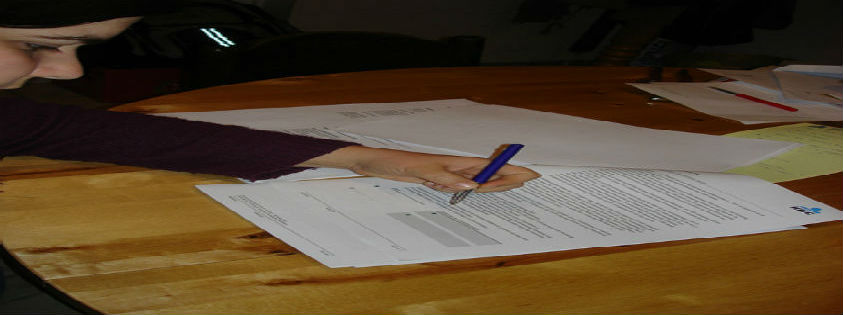
Understanding Nevada auto insurance and how it affects you in a variety of situations can make a huge difference when the unexpected happens. What coverages you purchase and don’t purchase will greatly affect your options when an accident occurs.
What is the Minimum Insurance Coverage Required by Nevada law?
A Nevada resident is legally required to have liability insurance on their vehicle. This coverage is available to compensate a victim of negligent driving (negligence of the driver of the insured vehicle.) A passenger in an insured vehicle can obtain a liability recovery.
The minimum bodily injury limits are $15,000 per person, $30,000 bodily injury per accident and $10,000 property damage. This is often shown as 15/30/10 on the Declarations Page. The $30,000 cap means that if there are over two injury claimants, the claimants can receive in the aggregate (total) no more than $30,000.
The minimum coverage is insufficient in many accident cases to compensate an injured party. A vehicle owner with minimum insurance may be personally responsible for damages that exceed the coverage limit that was purchased.
What is Additional Coverage for Accident Damages? / Uninsured Motorist (UIM)?
The minimum coverage required by law is intended to afford at least minimum coverage to the victims of accidents in Nevada.
However, the minimum limits are in no way a guide for what insurance a particular person should buy.
For one thing, the minimum required by law will not provide coverage to the victim of the negligence of an uninsured driver. There are many uninsured vehicles on the road at any given time, and those particular vehicles are more likely to cause accidents than others.
To protect yourself against an accident injury caused by an uninsured driver, you need to purchase uninsured motorist coverage, which is usually purchased in similar limits to the liability limits. For example: 15/30 or 25/50.
What is Collision Coverage?
To make sure a vehicle will be repaired or replaced after an accident, collision coverage is required. If a vehicle is being financed, collision coverage will be required by the lender. If the deductible is a higher amount than what the insured normally has on hand, the insured may effectively be prevented from promptly repairing the vehicle after an accident.
What is GAP Coverage?
If there is a loan on the vehicle that may exceed the fair market value, GAP insurance should be purchased. In the absence of GAP insurance, the vehicle owner may have to pay the difference between the value of their vehicle and the loan, if the vehicle is declared a total loss.
What is Medical Payments coverage?
Medical Payments coverage can help greatly after an accident, as it covers anyone and everyone in the insured vehicle if they are injured, no matter who caused the accident. Even for a person that has health insurance, medical payments is a good coverage to have as it will almost always lead to a higher net settlement in case of an injury claim against a negligent driver. Generally there is no subrogation of payments made pursuant to medical payments coverage, but there is almost always subrogation by health insurance.
When Do I need to Show Proof of Insurance?
When a vehicle is first registered with the Nevada DMV, and every time the registration is renewed, proof of insurance must be provided. Also, when a police officer pulls a driver over, they will usually ask to see the current proof of insurance (up to date Nevada Evidence of Insurance Card.)
What if I am Caught Driving without Auto Insurance in Nevada?
If a driver is pulled over by a police officer doesn’t provide adequate proof of insurance, a citation is often issued. If it’s merely that the proof wasn’t in the vehicle, upon showing proof the citation may be dismissed. Vehicle registration and driver’s license may be suspended. Additionally, Nevada has an online system that checks the validity of your insurance at different points throughout the year. A notice is mailed and there is 15 days to provide adequate proof of insurance if the online system is unable to verify insurance coverage.
Getting Help With Insurance After a Car Accident
Car insurance laws and coverage can be difficult to understand, and many people don’t take the time to fully understand their policy until they’ve been in an accident.
If you are involved in a car accident, it’s a good idea to have a car accident or personal injury attorney look over your insurance policy and explain what coverage you do or do not have.
A policyholder might think that the insurance agent would be the person to turn to in order to better understand coverage after an accident. However, the insurance agent may receive reduced compensation quarterly or annually depending on how many claims his or her insured present (or the dollar value of those claims.) In other words, the insurance agent will usually have an economic incentive to discourage the policyholder from using the policy benefits that they are entitled to. The insurance agent is not a neutral party when it comes to explaining to you what your rights are under the policy.
If you or a loved one have been in an accident and you’re unsure of what coverage you have or the other party has and how it may affect you, an accident lawyer can help.
At Eric Woods Law Offices, we have a comprehensive understanding of Nevada auto insurance, and can offer you suggestions about what coverage to carry, and what benefits you can obtain after an accident. Call (702) 737-0000 or fill out our contact form for a free consultation today.

